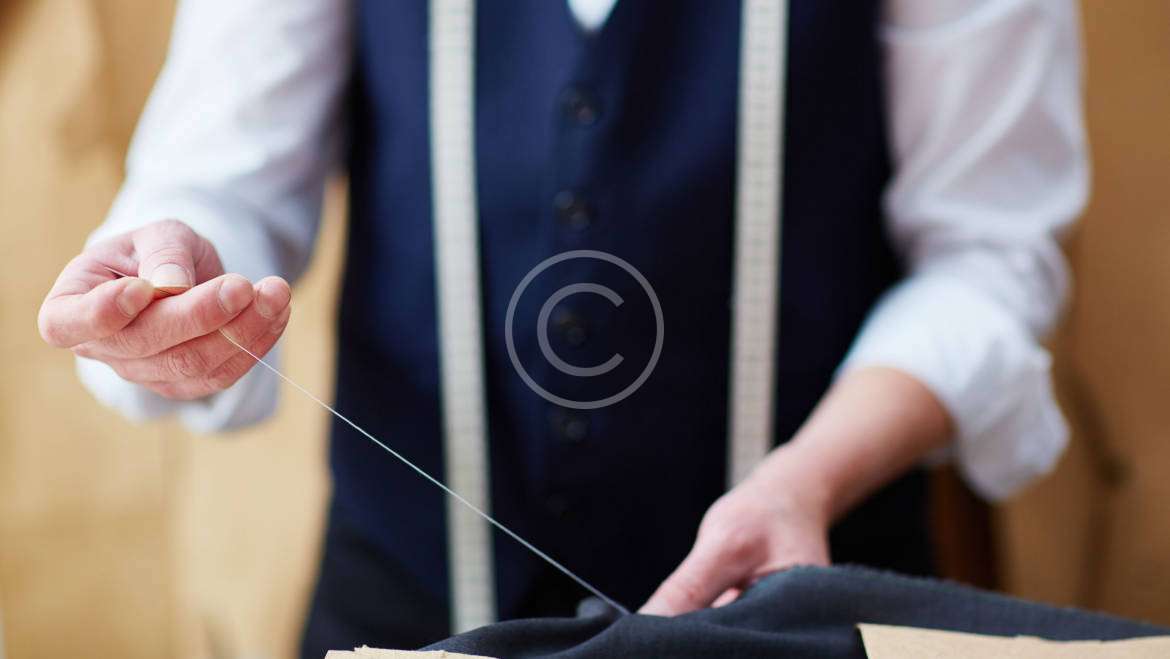Introduction: Finding the perfect fabric for your shirts is crucial to achieving comfort, style, and durability. With a wide range of tissue options available, choosing the right one can be a daunting task. Whether you’re looking for formal dress shirts or casual everyday wear, this comprehensive guide will help you understand the different types of shirt tissues and provide valuable tips to make an informed decision.
Consider the Occasion and Style:
- Formal Shirts: For formal occasions, such as business meetings or weddings, opt for fabrics like cotton, pinpoint Oxford, or twill. These tissues offer a polished and professional appearance.
- Casual Shirts: If you’re looking for shirts suitable for casual settings, consider fabrics like chambray, linen, or lightweight cotton. These tissues offer a more relaxed and breathable feel.
Understanding Different Shirt Tissues:
- Cotton: Cotton is a versatile and widely-used fabric for shirts. It is breathable, durable, and easy to care for. Look for high-quality cotton, such as Egyptian or Supima cotton, for a luxurious feel.
- Oxford Cloth: Oxford cloth is a popular choice for both formal and casual shirts. It has a slightly textured appearance and is known for its durability and comfortable wear.
- Poplin: Poplin, also known as broadcloth, is a tightly woven fabric that offers a smooth and crisp finish. It’s a great choice for dress shirts, as it provides a sophisticated look.
- Linen: Linen shirts are perfect for warm weather due to their exceptional breathability. While linen has a tendency to wrinkle, it adds a relaxed and effortless charm to casual outfits.
- Chambray: Chambray is a lightweight fabric that resembles denim but is softer and more breathable. It’s a versatile choice for casual shirts, offering a stylish yet relaxed appeal.
- Flannel: Flannel is a soft, warm, and cozy fabric ideal for cooler climates. It’s commonly used for casual and winter shirts, providing both comfort and style.
- Silk: Silk shirts exude elegance and sophistication. They offer a luxurious feel and a subtle sheen, making them suitable for formal occasions or adding a touch of refinement to your wardrobe.
Consider Comfort and Care:
- Breathability: Consider the breathability of the fabric, especially for shirts worn in warmer climates. Fabrics like cotton, linen, and lightweight blends allow air circulation and keep you comfortable.
- Care Requirements: Different fabrics have different care needs. Check the care instructions for washing, ironing, and dry cleaning. Consider your lifestyle and the level of maintenance you’re willing to invest in.
- Wrinkle Resistance: If you prefer low-maintenance shirts, look for fabrics that are wrinkle-resistant, such as certain blends or treated cotton. This will save you time and effort on ironing.
- Durability: Evaluate the durability of the fabric, especially if you plan to wear the shirts frequently. Opt for sturdy weaves and high-quality materials to ensure long-lasting wear.
- Stretch and Flexibility: Some fabrics offer stretch and flexibility, providing added comfort and ease of movement. Look for shirts that contain a small percentage of spandex or elastane for enhanced mobility.
Fit and Style Considerations:
- Shirt Weight: Consider the weight of the fabric depending on the desired look and comfort. Lighter fabrics work well for summer or layering, while heavier fabrics provide warmth and structure.
- Color and Pattern: Choose colors and patterns that complement your skin tone, personal style, and wardrobe. Classic neutrals, such as white, blue, or gray, are versatile options, while patterns add visual interest.
- Transparency: For lighter-colored or thinner fabrics, consider whether an undershirt or proper layering is required to prevent transparency.
- Collar and Cuff Stiffness: Some fabrics hold their shape better than others. If you prefer a crisp collar and cuffs, look for fabrics that retain their stiffness, such as poplin or Oxford cloth.
- Draping: Consider how the fabric drapes when worn. Some fabrics have a more structured appearance, while others have a relaxed or flowy drape. Choose based on your desired aesthetic.
Try Before You Buy:
- Visit a Physical Store: Whenever possible, visit a physical store to feel the fabrics and try on shirts. This allows you to assess the quality, comfort, and fit firsthand.
- Online Research and Reviews: If shopping online, read customer reviews, and study product descriptions. Look for information on the fabric’s texture, weight, and customer satisfaction.
- Consult a Tailor: Seek advice from a professional tailor who can guide you on fabric choices based on your body type, style preferences, and specific needs.
Conclusion: Choosing the right tissue for your shirts is essential for achieving comfort, style, and durability. By considering the occasion, understanding different fabrics, and evaluating factors like comfort, care requirements, and fit, you can make an informed decision. Remember to explore different options, try on shirts, and seek expert advice when needed. With the right tissue, you’ll enjoy shirts that not only look great but also make you feel confident and comfortable in any setting.


1 Comment
Thanks for the valuable info. Great article
Add Comment